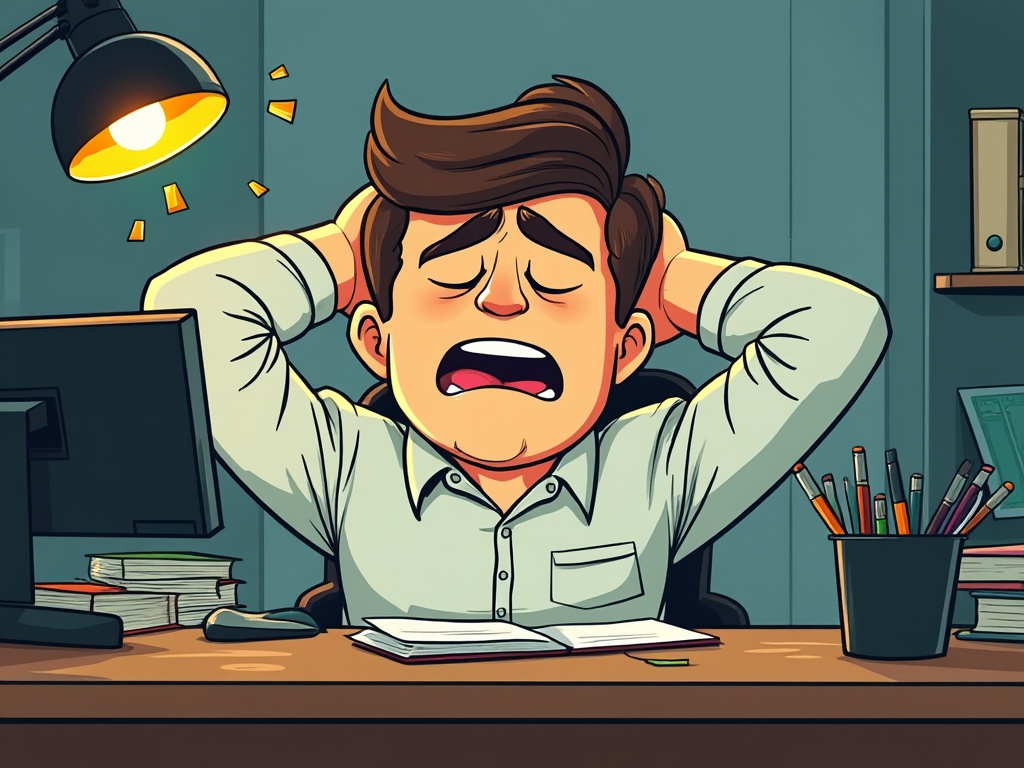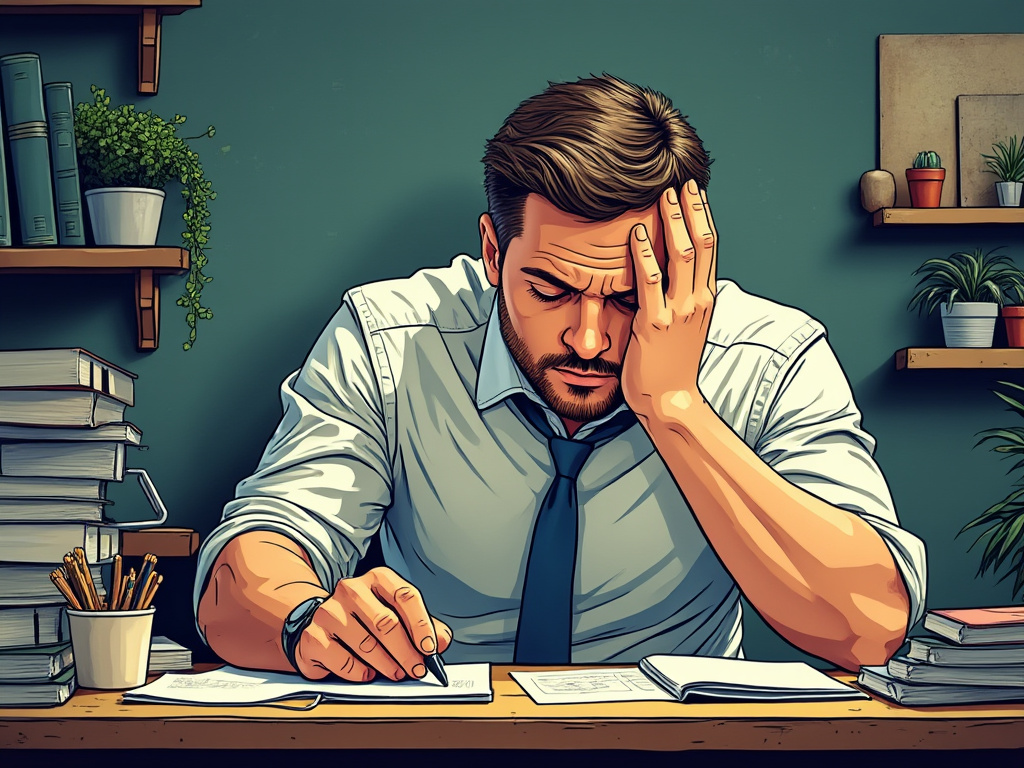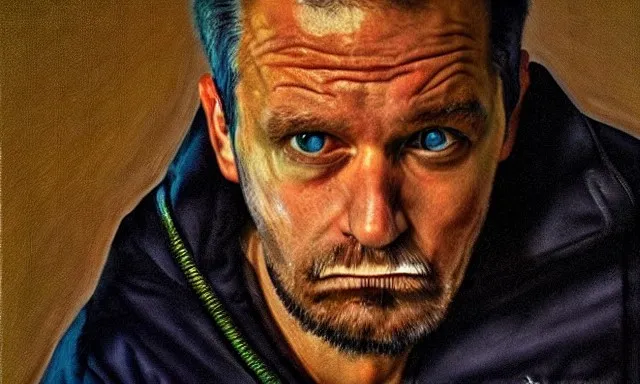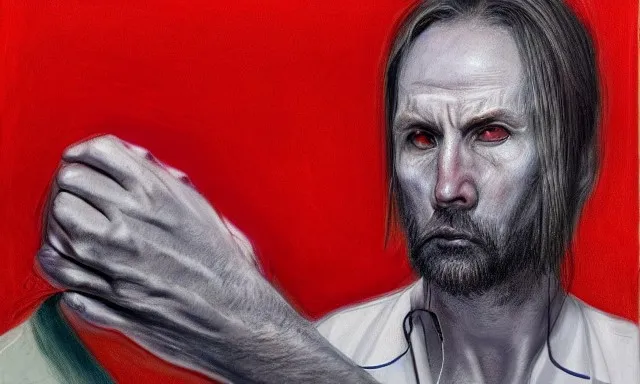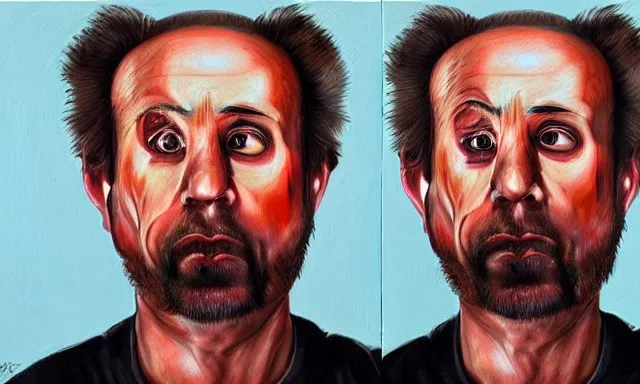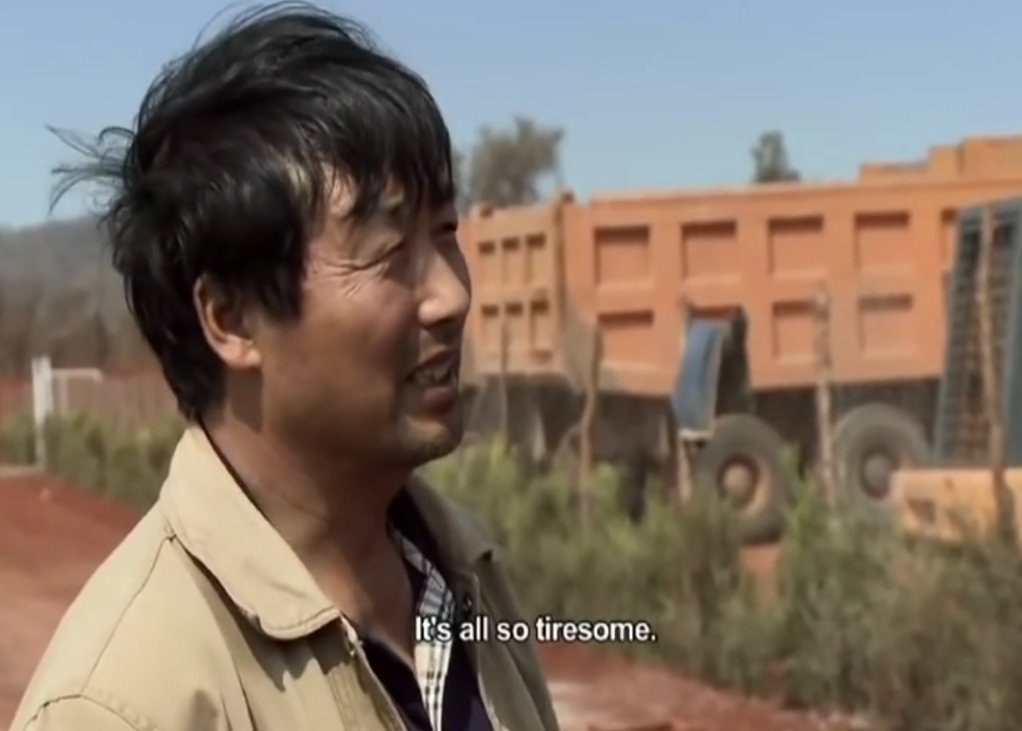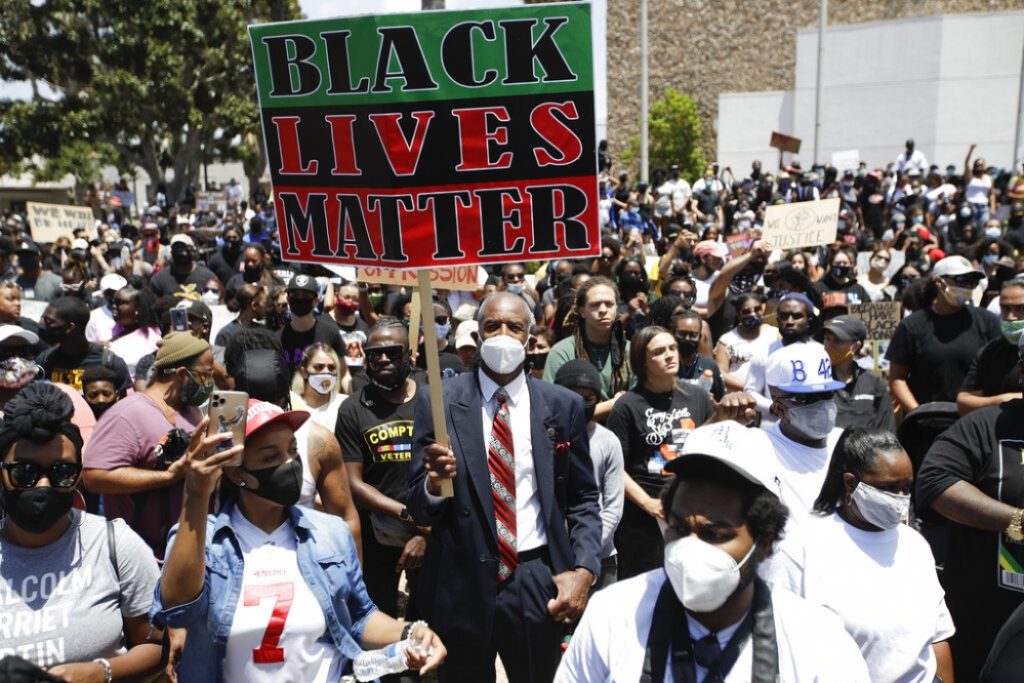
Many Kiwis look with astonishment on the caste system of the Hindus, thinking it a barbarism that should have been abolished long ago. The caste system of Imperial Spain, with its division into Peninsulares, Creoles, Mestizos, and Indigenous peoples and Africans, seems likewise bizarre to us. But few appreciate that the people of New Zealand are divided into their own caste system. This essay explains.
In the woke New Zealand of 2024, we have a tripartite caste system involving high, middle and low castes. The highest caste are the Tangata Whenua, the middle caste are the Tangata Moana and the lowest caste are the Tangata Tiriti.
The Tangata Whenua are the Maori people. As the highest caste, they are effectively the only full citizens in the Woke Regime. Tangata Whenua means ‘people of the land’, and in this context means those who are naturally here. The implication is that everyone else is here unnaturally, and thus at the pleasure of the Tangata Whenua. Only a Tangata Whenua can be a true resident of New Zealand; everyone else is a mere guest.
Because the Treaty of Waitangi is considered New Zealand’s founding document, and because the Te Reo Maori version of this is considered the true version, the power to interpret that document lies solely with those who can speak and read Te Reo Maori. This makes them the equivalent of the Brahman caste in the Vedic system.
Because everyone else in New Zealand is a mere visitor, only the Tangata Whenua may consider it a true homeland. Thus, when giving a pepeha, only Tangata Whenua are permitted to claim an association with local mountains and rivers. Tauiwi (a term that covers both Tangata Moana and Tangata Tiriti) are just passing through, even if their ancestors have lived in an area for two centuries. Thus they are categorically different to Tangata Whenua.
In Woke New Zealand, whatever Tangata Whenua says goes. They are openly acknowledged to have more rights than tauiwi, and must be consulted on all decisions.

Tangata Moana are the middle rank. This caste refers to other people of the Pacific Ocean: Samoans, Tongans, Fijians et al. (Fijian Indians count as Tangata Tiriti however, because this caste system is racial in nature). Tangata Moana are presumed to have “allyship” with Tangata Whenua, hence why Tangata Moana are a higher caste than Tangata Tiriti, who are the oppressors of Tangata Whenua.
Hence Tangata Moana can step off a plane and instantly qualify for benefits and scholarships that Tangata Tiriti don’t get, not even with eight generations of ancestry. It’s also why people can move to New Zealand from a Pacific Island and then immediately start crying about colonisers (see tweet above). Tangata Moana also have their own Super Rugby team (Moana Pasifika) in order to prevent contamination from associating with Tangata Tiriti.
There is an unspoken law in New Zealand that the protections of the Treaty of Waitangi also apply to Tangata Moana. Hence, conversations about the obligations of Tangata Tiriti to Tangata Whenua tend to drift into obligations to Tangata Moana. This is why Samoans and Tongans are considered victims of systemic racism, despite knowingly moving to a country where systemic racism existed instead of staying in one where it didn’t exist.
Working-class whites, even if their ancestors have been here since before New Zealand was fully civilised, are mere Tangata Tiriti. Tangata Moana, in other words, are people of the nearby region, unlike Tangata Tiriti, who are people of distant lands. Thus they occupy a higher caste status. This higher caste status explains why Pacific Islanders have their own dedicated government ministry, while working-class whites do not, despite similar levels of deprivation.
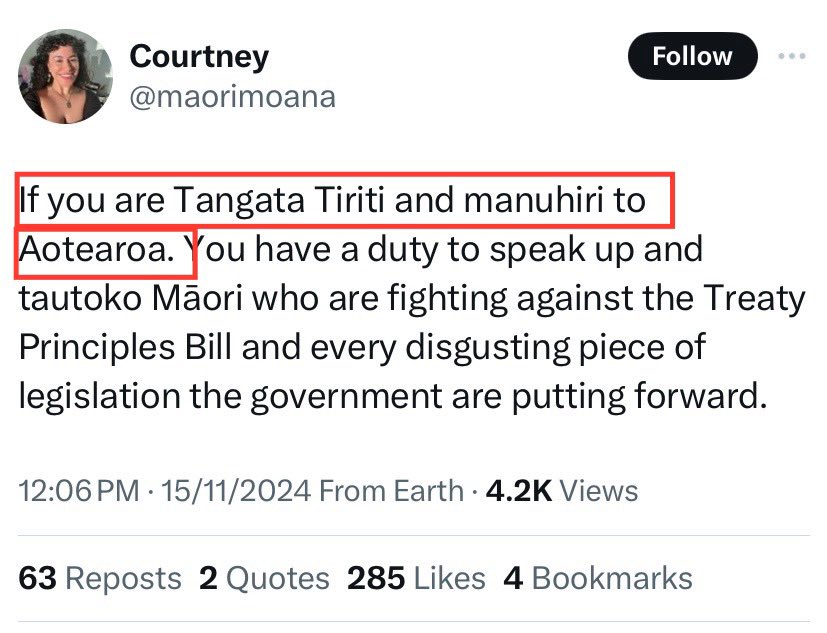
Tangata Tiriti are the lowest caste, roughly equivalent to shudras in the Vedic system. In this caste is everyone without any Maori or Pacific Island ancestry. It doesn’t matter if a person’s ancestors have been in New Zealand for 200 years: that person is still categorically lower than any Tangata Whenua or Tangata Moana.
The logic of the New Zealand caste system is that Tangata Tiriti are only allowed to be here thanks to the permission of Tangata Whenua. It was the Treaty of Waitangi itself which gave Tangata Tiriti the right to be in New Zealand, hence the name of the caste. Should that permission ever be revoked, Tangata Tiriti would no longer have any right to remain in New Zealand, and would presumably have to move overseas or be killed. So they better behave themselves.
The purpose of the Tangata Tiriti, in practice, is to labour for the benefit of the higher two castes. Thus, Tangata Tiriti have no right to complain that they are forced to pay heavy taxes on the income from their labour. Neither do they have the right to complain about anyone in the upper castes being on welfare. The upper castes simply have the right to be on welfare paid for by the Tangata Tiriti.
The Government is not obliged to consult with Tangata Tiriti or to take the interests of Tangata Tiriti into account when making decisions, ever. It is understood that Tangata Tiriti already have it good by being permitted to live here. Political rights over and above that are considered egregious.
Tangata Tiriti are not permitted any pride. Even saying ‘It’s Okay To Be White’ is not allowed. It is permitted, however, to identify as Tangata Tiriti, because this is considered to be an acceptance of lowest-caste status. Distinguishing oneself within that caste, however, is verboten. All Tangata Tiriti are the same, whether white, Asian, Indian or African.
*
For more of VJM’s ideas, see his work on other platforms!
For even more of VJM’s ideas, buy one of his books!
*
If you enjoyed reading this piece, buy a compilation of our best pieces from previous years!
Best VJMP Essays and Articles of 2023
Best VJMP Essays and Articles of 2022
Best VJMP Essays and Articles of 2021
Best VJMP Essays and Articles of 2020
Best VJMP Essays and Articles of 2019
Best VJMP Essays and Articles of 2018
Best VJMP Essays and Articles of 2017
*
If you would like to support our work in other ways, make a donation to our Paypal! Even better, buy any one of our books!


